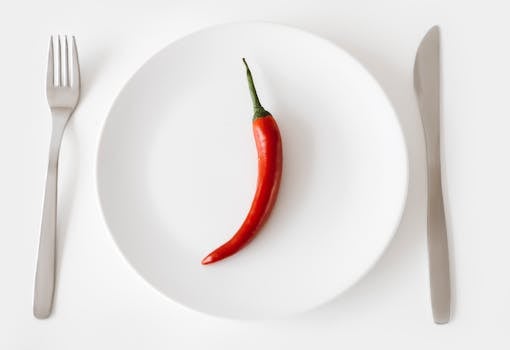
Cayenne pepper is more than just a fiery spice—it’s a powerhouse of health benefits backed by science. Whether you want to boost your metabolism, support heart health, or relieve pain, this potent red pepper deserves a spot in your diet. But how much is too much? Who should use it, and who should avoid it? Let’s dive into the facts about cayenne pepper and how to make the most of its benefits.
The Science-Backed Benefits of Cayenne Pepper
- Boosts Metabolism and Aids Weight Loss
Cayenne pepper contains capsaicin, a compound known to increase thermogenesis, helping the body burn more calories. Studies suggest that capsaicin can reduce appetite, making it a valuable aid for weight management. - Supports Heart Health
Research indicates that cayenne pepper may help lower blood pressure, improve circulation, and reduce cholesterol levels, promoting overall cardiovascular health. - Relieves Pain Naturally
Capsaicin is commonly used in topical pain relief creams for conditions like arthritis, muscle pain, and nerve damage. It works by blocking pain signals in the nervous system. - Aids Digestion
Contrary to popular belief, cayenne pepper can actually improve digestion by stimulating digestive enzymes and reducing bloating. - Boosts Immunity
Packed with vitamins A and C, cayenne pepper helps strengthen the immune system, making it a great addition during cold and flu season.
Who Can Use Cayenne Pepper?
Cayenne pepper is generally safe for healthy individuals looking to boost their metabolism, improve circulation, or enhance digestion. It’s also useful for those seeking natural pain relief or immune support. However, moderation is key to avoiding potential side effects.
What to Look for When Buying Cayenne Pepper?
When purchasing cayenne pepper, consider the following factors to ensure quality and effectiveness:
- Purity: Look for organic, non-GMO cayenne pepper free from additives and preservatives.
- Heat Level: Check the Scoville Heat Units (SHU) to find a spice level that suits your tolerance.
- Freshness: Opt for freshly ground cayenne pepper for the best potency and flavor.
- Source: Choose reputable brands that provide transparency about sourcing and processing.
How to Use Cayenne Pepper and How Much?
- As a spice: Add a pinch to soups, stews, or salad dressings.
- In tea: Mix a small amount with lemon and honey for a detoxifying drink.
- In capsules: Available as a supplement for those who want a measured intake.
- As a topical treatment: Used in creams for pain relief.
For most people, ½ to 1 teaspoon per day is a safe amount. If taking it in supplement form, follow the dosage instructions provided.
Who Should Avoid Cayenne Pepper?
- Individuals with acid reflux, ulcers, or sensitive stomachs may experience irritation.
- Those on blood thinners or high blood pressure medication should consult a doctor, as cayenne may affect blood clotting.
- People with allergies to nightshade vegetables should avoid it.
Final Thoughts
Cayenne pepper is a natural, science-backed way to boost health, but it’s essential to use it wisely. If you’re new to this fiery spice, start with small amounts and monitor your body’s response. When used correctly, cayenne pepper can be a simple yet powerful addition to a healthy lifestyle.
Would you try incorporating cayenne pepper into your diet? Let us know your thoughts!
